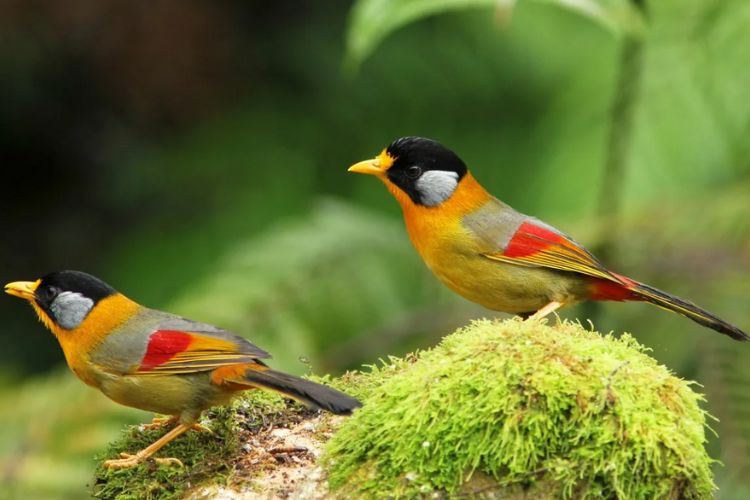

Nature never ceases to astonish us with its wide variety of marvelous organisms. Among them, the Silver-Eared Mesia (Leiothrix argentauris) is a genuine jewel of the bird kingdom. This striking little bird, indigenous to the dense forests of Southeast Asia, is renowned for its distinctive appearance, melodious melody, and captivating behavior. Join me in exploring the enchanting world of the Silver-Eared Mesia.
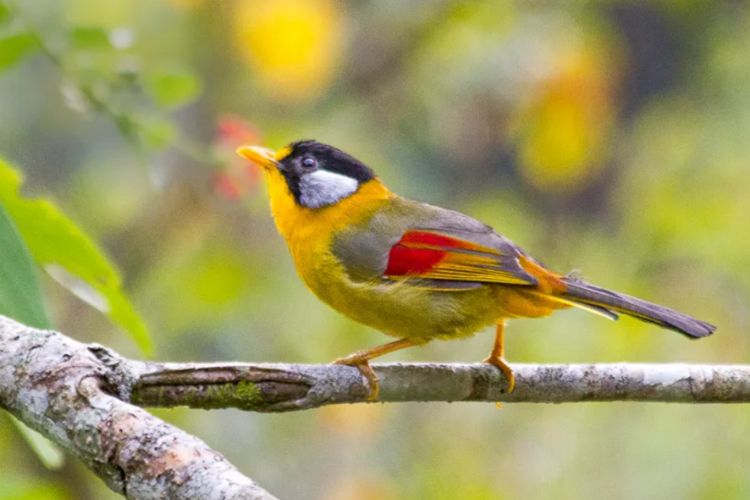

The length of the Silver-Eared Mesia is approximately 15 centimeters. It features a vibrant combination of colors. It has glossy black plumage on its head, back, and wings, while its abdomen is a brilliant shade of yellow. However, what truly distinguishes it is the silver-white ear patch from which its name is derived. This distinguishing characteristic adds a touch of elegance to its appearance, making it a sight to observe.
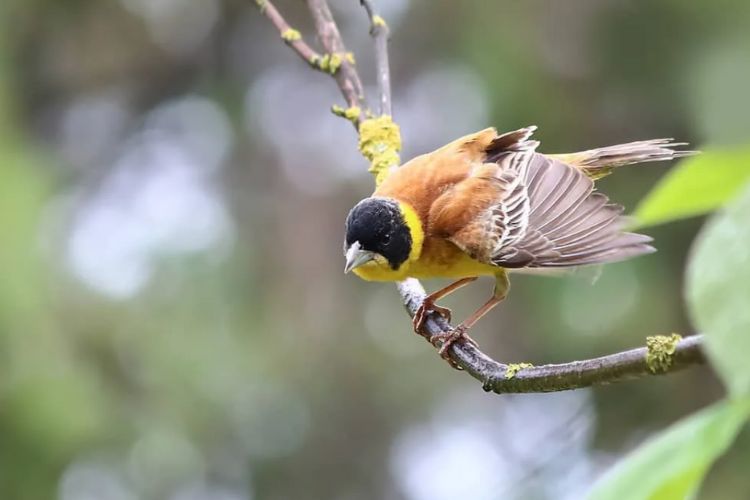

The Silver-Eared Mesia is mostly found in Southeast Asia’s verdant woods, which include southern China, southern China, Myanmar, Thailand, Laos, and Laos. It thrives in the understory of these dense forests, frequently favoring the lower levels where it can find an abundance of insects, berries, and small fruits, which make up the bulk of its diet.
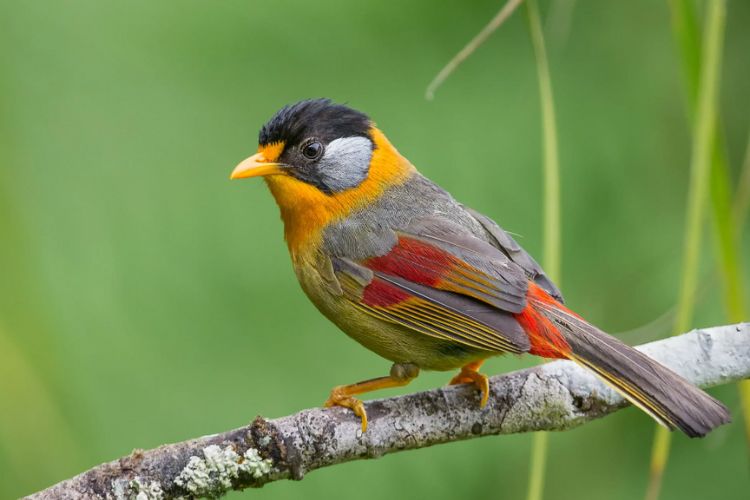

This bird is renowned for its affable and playful nature. The Silver-Eared Mesia frequently moves in small groups through dense vegetation with remarkable agility. Individuals within these communities engage in a variety of activities, including foraging, preening, and producing melodic vocalizations.
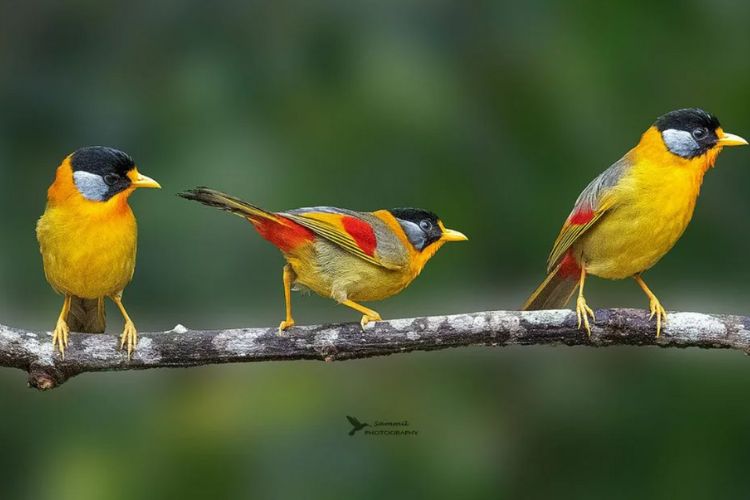

Its melodious melody is one of the most hypnotizing aspects of the Silver-Eared Mesia. Its alluring calls, a sequence of distinct, high-pitched notes, reverberate over the woodland canopy. During the breeding season, the bird uses its vocal repertoire not only to communicate, but also to establish its territory and attract potential partners.
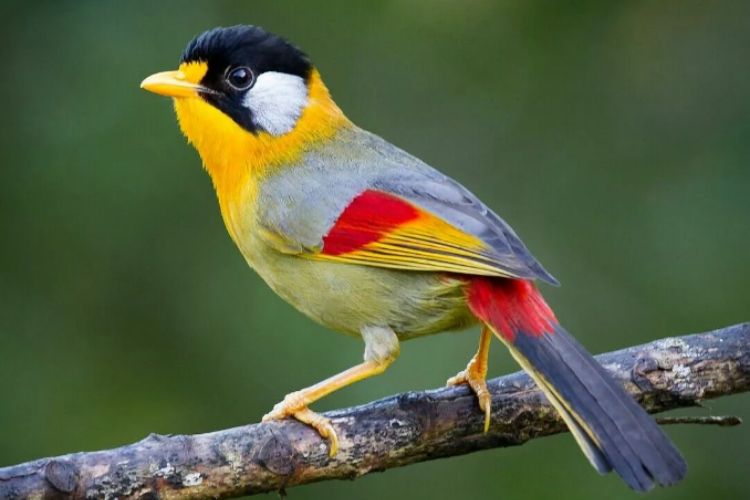

During the breeding season, the male Silver-Eared Mesia employs an elaborate courtship display consisting of vivid colors and a distinctive melody to attract a female. After a fruitful courtship, the female builds a small cup-shaped nest out of twigs, leaves, and moss. Typically, the female deposits between three and five eggs, which she incubates for approximately two weeks. After hatching, both parents actively partake in feeding the chicks.


Despite their undeniable beauty, Silver-Eared Mesias in the wild encounter a variety of threats. Significant threats to their population are habitat loss due to deforestation and illegal capture for the pet trade. Efforts at conservation, such as the establishment of protected areas and public education campaigns, are essential for ensuring the survival of this attractive species for future generations.






